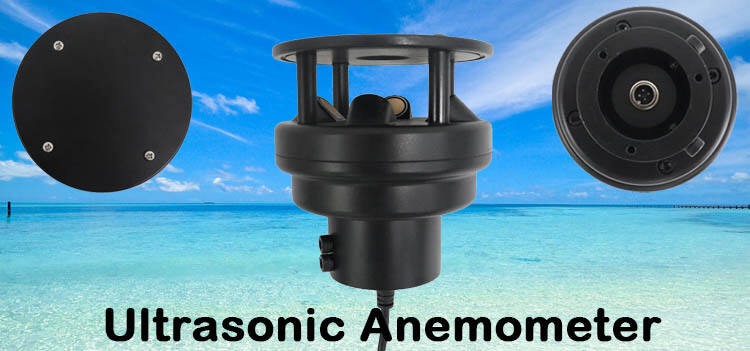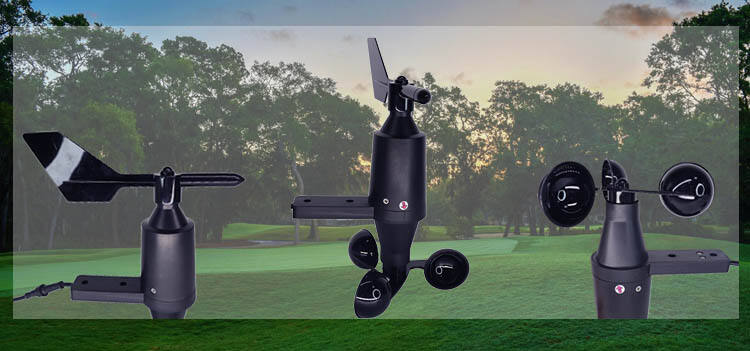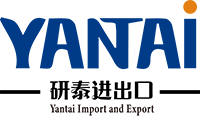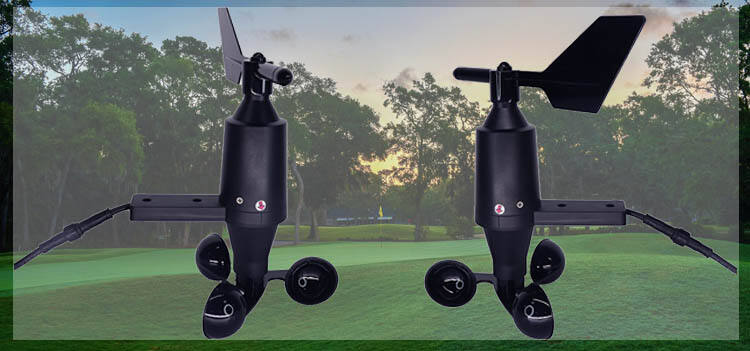In wind speed and wind direction monitoring systems, integrated wind speed and wind direction instruments have gradually become the mainstream of the market. But is it really better than the traditional split wind speed and wind direction instruments? This article will comprehensively compare the advantages and disadvantages of these two types of equipment from the aspects of structural design, installation convenience, data stability, cost control, etc., to help you find the most suitable solution.

What is an integrated wind speed and wind direction instrument?
The integrated wind speed and wind direction instrument integrates the sensing units of wind speed and wind direction into the same device, and usually has the following characteristics:
Compact structure and small size;
Easy installation;
Unified interface and strong adaptability;
Widely used in scenarios such as smart agriculture, photovoltaic systems, and meteorological stations.
The integrated wind speed and wind direction instrument is particularly suitable for environments with limited outdoor space and difficult installation.

Advantages of integrated wind speed and wind direction instruments
When choosing wind speed and wind direction measurement equipment, wind speed and wind direction instruments with integrated structures are becoming more and more popular. Below we will specifically explore the many advantages of integrated wind speed and wind direction instruments to help users make wise choices.
Easy to install and deploy
Compared to the split-type equipment, which requires the installation of anemometers and wind vanes separately, the integrated wind speed and wind vane only needs to fix one device, which reduces the complexity of on-site installation and saves manpower and time.
Unified interface, more efficient data integration
The integrated wind speed and wind vane usually only needs one data interface to output wind speed and wind direction data, avoiding the communication problems caused by multi-channel synchronization and facilitating back-end system integration.
Compact structure, suitable for a variety of scenarios
Due to the integrated design of the sensor, the overall equipment is smaller, not only suitable for professional meteorological monitoring, but also for space-sensitive scenarios such as portable weather stations, drone monitoring systems, and small photovoltaic sites.
Features and limitations of split wind speed and wind vane
Low cost but complex installation
Although the split-type equipment may have more advantages in unit price, it needs to install and debug two modules separately, and the overall installation cost and maintenance cost are higher.
Many cables and difficult wiring
The wind speed and wind direction modules are wired separately, which increases the difficulty of construction and is more likely to introduce interference or connection failures.
Which scenarios are the integrated wind speed and wind vane more suitable for?
If you are in the following projects, then the integrated wind speed and wind direction is more suitable for you!
Smart agriculture project
When installing meteorological sensors in the field, the power supply and structure are often limited. The integrated wind speed and wind direction meter is combined with the solar power supply system for more flexible deployment.
Urban micro-meteorological monitoring
When deploying monitoring equipment in an urban environment, the appearance and volume of the equipment are strictly restricted. The integrated sensor is more beautiful, clean and easy to manage.
Photovoltaic system operation and maintenance
Wind speed and wind direction are important reference data for photovoltaic stations. The integrated wind speed and wind direction meter can be integrated into the existing photovoltaic meteorological station to reduce wiring and maintenance costs.

Recommendations for the selection of integrated wind speed and wind direction meter
1. Output mode
Choose whether you need analog (such as 4-20mA) or digital (such as RS485, Modbus) output to adapt to your monitoring system.
2. Protection level
For outdoor use, it is recommended to select an integrated wind speed and wind direction meter with a protection level of IP65 or above to ensure long-term stable operation.
3. Material selection
It is recommended to give priority to anemometers with high-strength PC or aluminum alloy shells to adapt to harsh environments.
Should I choose an integrated anemometer or a split anemometer?
Understanding the differences between integrated and split anemometers will help us choose the most suitable equipment according to actual needs. The following is a comparison of the two in many aspects.
| Comparison items | Integrated anemometer | Split anemometer |
| Installation method | Single-point installation, simple and convenient | Double-point installation, precise positioning required |
| Cost structure | Slightly higher unit price, low comprehensive cost | Low unit price, high installation and maintenance cost |
| Data interface | Single output interface, high integration | Multi-cable connection |
| Application adaptability | More suitable for portable and small scenes | Suitable for occasions with limited budgets |
Overall, if you pursue convenient installation, high data integration efficiency, and adaptability to modern monitoring systems, an integrated anemometer is undoubtedly a better choice.
Table of Contents
- What is an integrated wind speed and wind direction instrument?
- Advantages of integrated wind speed and wind direction instruments
- Features and limitations of split wind speed and wind vane
- Which scenarios are the integrated wind speed and wind vane more suitable for?
- Recommendations for the selection of integrated wind speed and wind direction meter
- Should I choose an integrated anemometer or a split anemometer?

 EN
EN
 AR
AR
 BG
BG
 HR
HR
 FR
FR
 JA
JA
 KO
KO
 PT
PT
 RU
RU
 ES
ES
 ID
ID
 VI
VI
 TH
TH






